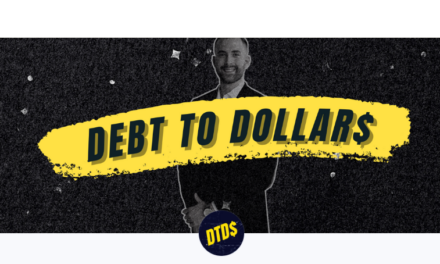When it comes to the digital landscape, producing fresh content is great, but monetizing content is even better (as all content entrepreneurs know). At the most basic level, content commerce is the process of obtaining revenue from your digital content, whatever form that content comes in (book, music, video, newsletter, picture, etc.).
While free content is more the rage in the current digital climate, without a steady stream of revenue supporting the production process, many content creators find themselves in hot water. For example, while Netflix relies on free trials and the quality of its content to drive subscription sales, it still had to increase its prices in order to stay competitive in the online market. Publishers have a lot of profit-making options these days (examples include a pay-per-download music or an online TV streaming subscription) but even something as small as charging a fee for a daily newsletter can add up to a lot in the end.
More Examples of Content Commerce:
In many ways, content commerce goes beyond the traditional idea of ecommerce, or the buying and selling of products or services over the internet. As the paid Content writer, Frédéric Court, wrote in his article, “Why Content And Commerce Is A Marriage Made In Heaven,” by blending content and commerce, “media companies now have a chance to monetize their audiences not just through plain ads, but also through transactions.” With a few strategic changes, media companies can now use their content to boost sales.
Apps are the perfect example of content commerce at work. In fact, some point to the proliferation of apps and tablets as the revenue jump-start many publishers so desperately need. For instance, let’s look at a magazine subscription on the iPad. While browsing a digital magazine, you may see a “tap here to purchase” button looming over the latest best-seller review. Publishers can slip advertisements right into their content. As Jack Marshall writes in his article, “Will Tablets Revive Content and Commerce?” Entertainment Weekly’s iPad edition “includes multiple opportunities to purchase media related to the content of the magazine. Alongside its music reviews, users are invited to buy albums and tracks from iTunes, for example, while it’s book review section is scattered with “tap to buy book” links that funnel users through to Amazon product pages. Movie reviews even point users to Fandango to find showtimes and purchase tickets.”
Most of us think of big sites like Amazon.com and Ebay.com when we think of online commerce. These sites rely heavily on products to inspire sales, but the business models may be changing. For example, a home furnishings site may offer you 20 different picture frame options, but these options may now be accompanied by a short video where an interior decorator shows you how to create the perfect collage of frames for your house. The content works to drive sales.
Content Commerce Companies:
Depending on what kind of content commerce strategy you want to undertake, there is a company out there to help. For example, if a publisher decides that licensing is the best way to monetize content, Copyright Clearance Center simplifies the licensing of content that allows businesses to get permission to use copyright-protected materials, while compensating publishers and content creators for the use of their works. Press Plus and Media Pass allow publishers to create revenue from online subscriptions, while Ooyala focuses on helping on-line video publishers produce more revenue with advertising and paywall tools.







